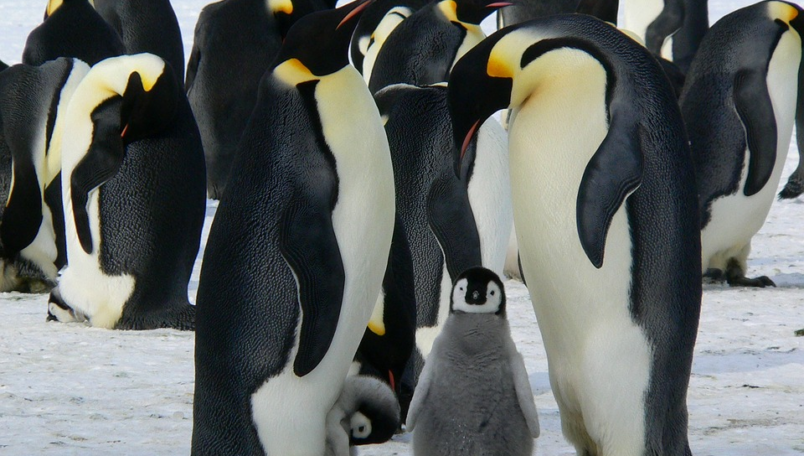Number (negative numbers): Extreme Environments
Challenge level ⭐⭐
(designed for children with prior knowledge of the Year 3 and Year 4 programme of study)
Learning Objective
We are learning how to solve a natural world problem by using and applying our knowledge and skills of number, place value and negative numbers.
Useful prior knowledge:
- To count backwards through zero to include negative numbers
Clip Description
Earth is a planet of temperature extremes, ranging from the bone-chilling coldness of Antarctica to the the sizzling heat of the Sahara. Most humans live in temperate regions, but there are a number of remarkable animal species that have adapted to live in environments with extreme temperatures.
In this fascinating clip, emperor penguins can be seen huddling together for warmth in Antarctica. Whilst most animals leave the Antarctic in the winter months, male emperor penguins stay behind to look after their precious egg. How low do you think the temperature drops in this part of the world? Watch the clip to find out.
Quick Whiteboard Challenge
Emperors are the biggest of the 18 species of penguin found today. They are around 120 cm tall. The smallest penguin species is the little blue penguin with a height of around 30 cm. Gentoo penguins grow to a height that is approximately halfway between the heights of the emperor and the little blue penguin species.
Approximately, how tall are Gentoo penguins?


